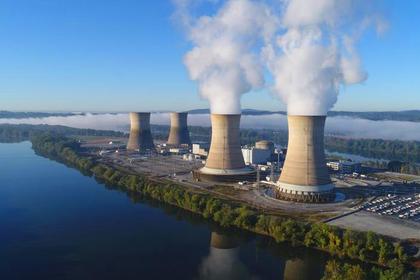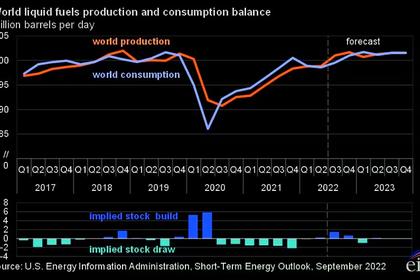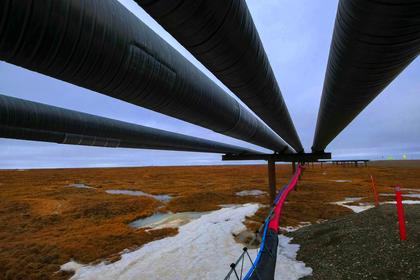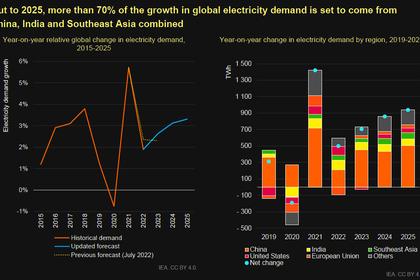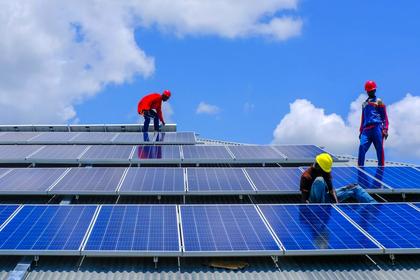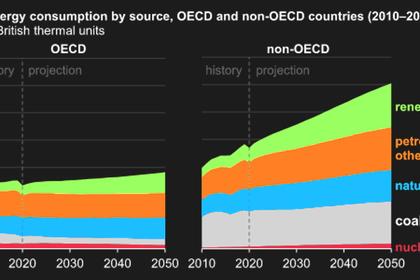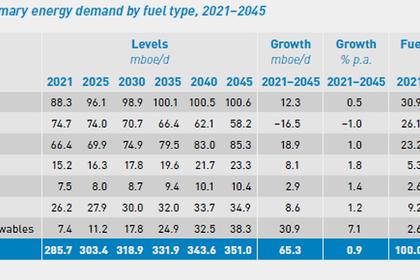
GLOBAL RENEWABLES CAPACITY UP
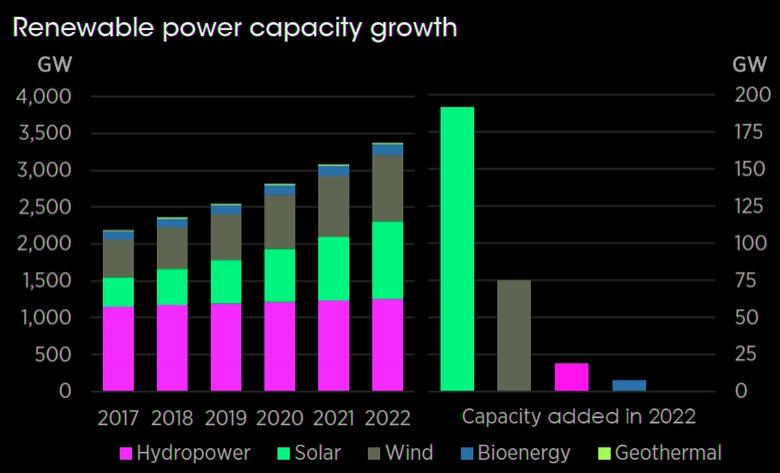
IRENA - 20 March 2023 - At the end of 2022, global renewable generation capacity amounted to 3 372 GW. Renewable hydropower accounted for the largest share of the global total, with a capacity of 1 256 GW.*
Solar and wind energy accounted for most of the remainder, with total capacities of 1 053 GW and 899 GW respectively. Other renewable capacities included 149 GW of bioenergy and 15 GW of geothermal, plus 524 MW of marine energy.
Renewable generation capacity increased by 295 GW (+9.6%) in 2022. Solar energy continued to lead capacity expansion, with a massive increase of 192 GW (+22%), followed by wind energy with 75 GW (+9%). Renewable hydropower capacity increased by 21 GW (+2%) and bioenergy by 8 GW (+5%). Geothermal energy increased by a very modest 181 MW.
Solar and wind energy continued to dominate renewable capacity expansion, jointly accounting for 90% of all net renewable additions in 2022. This growth in wind and solar led to the highest annual increase in renewable generating capacity and the second highest growth on record in percentage terms.
Asia accounted again for about 60% of new capacity in 2022, increasing its renewable capacity by 174.9 GW to reach 1.63 TW (48% of the global total). A huge part of this increase occurred in China (+141 GW). Capacity in Europe and North America expanded by 57.3 GW (+8.8%) and 29.1 GW (+6.3%) respectively. Africa continued to expand steadily with an increase of 2.7 GW (+4.8%), slightly above last year. Oceania continued its double-digit growth with an expansion of 5.2 GW (+10.6%), largely due to expansion in Australia, and South America continued on an upward trend, with a capacity expansion of 18.2 GW (+7.4%). The Middle East also recorded its highest expansion on record, with 3.2 GW of new capacity commissioned in 2022 (+12.8%).
In 2022, renewable generating capacity expansion increased compared to 2021 and stayed well above the long-term trend. As in previous years, most of this expansion occurred in China and, to a lesser extent, the United States. However, a broad range of other countries also increased their expansion of renewable capacity in 2022 compared to 2021.
The share of renewables in total capacity expansion reached 83% in 2022, compared to the figure of 78% in 2021. The renewable share of total generation capacity also rose by almost two percentage points from 38.3% in 2021 to 40.2% in 2022.
The upward trend in these shares continues to show both the rapid and increasing growth in the use of renewables and the declining expansion of non-renewable capacity. At the global level, the latter is partly due to the large amount of net decommissioning that has occurred for many years in some regions.
As in previous years, non-renewable capacity expanded mostly in Asia in 2022 but it also expanded in most other regions and in many cases with a higher expansion than in 2021. The only region with a significant amount of non-renewable decommissioning was North America and, in contrast to most of the last decade, non-renewable capacity in Europe expanded rather than contracted in 2022.
This reversal of the trend in non-renewable capacity may be a temporary change in direction due to recent global events, but it will be something to monitor in the future with respect to the ambition for a global energy transition.
Compared to the capacity statistics published in August 2022, the figures here have been revised upwards very slightly. Total renewable capacity in 2021 was reported as 3 068 GW last year and the new figure for 2021 is 3 077 GW (+0.29%).
As noted in previous years, most revisions can be explained by imprecise early reporting of capacity and the unavailability of data to the year-end in some cases, so it may be expected that these figures could be revised upwards in June 2023.
Full PDF version is here and here.
-----
Earlier:
